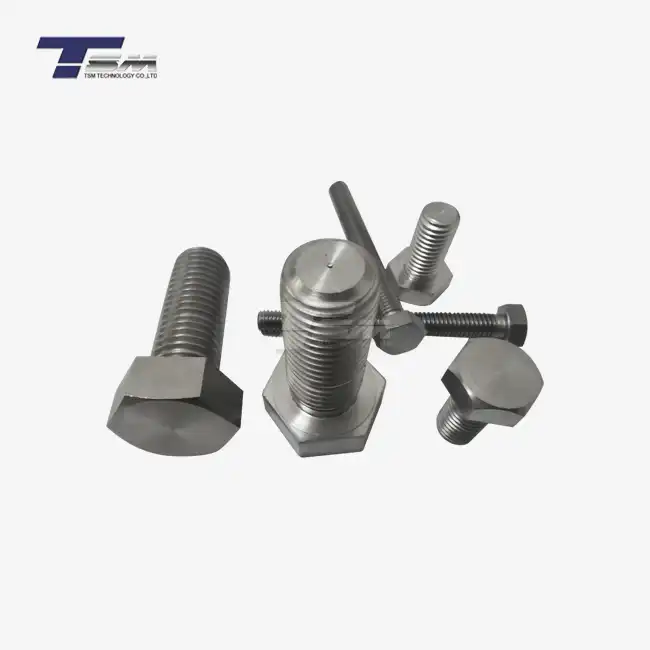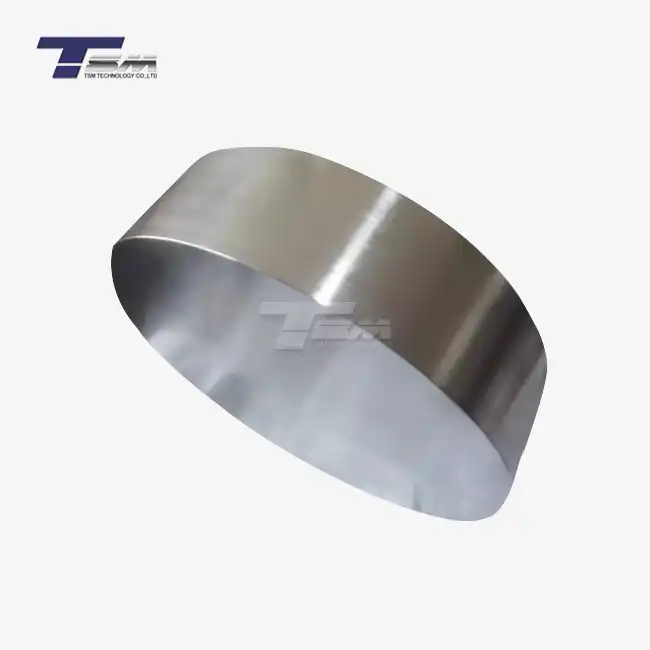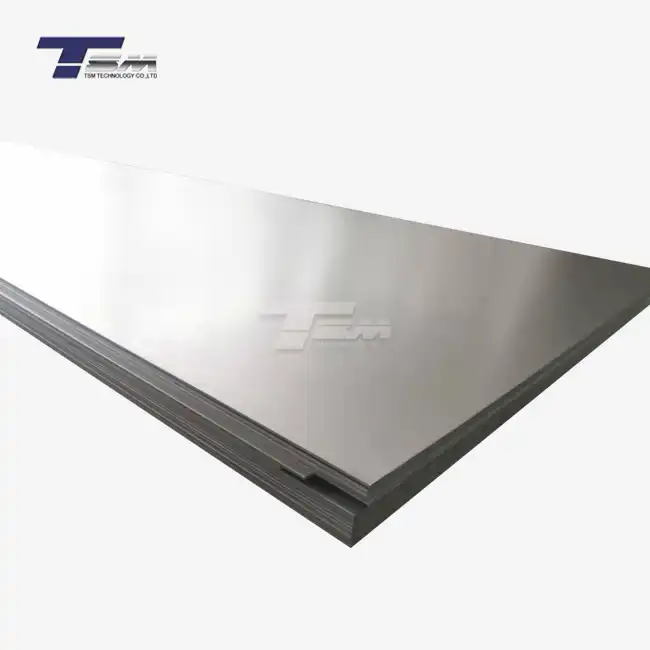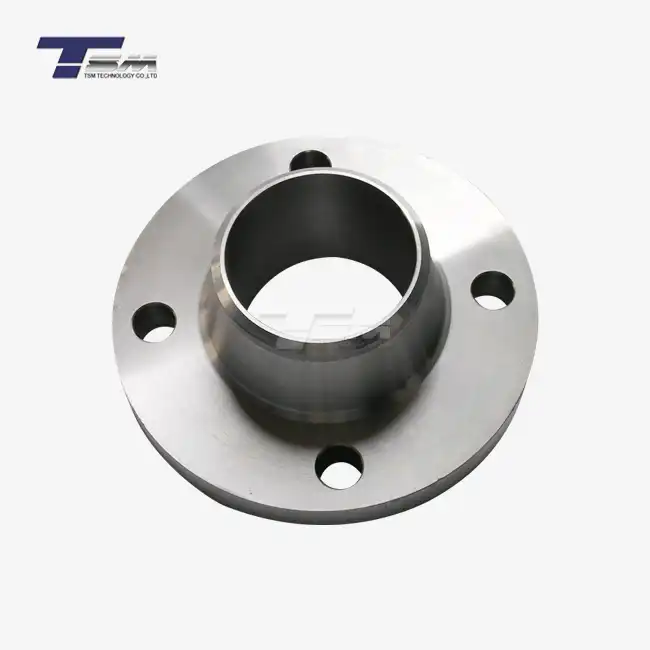- English
- French
- German
- Portuguese
- Spanish
- Russian
- Japanese
- Korean
- Arabic
- Greek
- German
- Turkish
- Italian
- Danish
- Romanian
- Indonesian
- Czech
- Afrikaans
- Swedish
- Polish
- Basque
- Catalan
- Esperanto
- Hindi
- Lao
- Albanian
- Amharic
- Armenian
- Azerbaijani
- Belarusian
- Bengali
- Bosnian
- Bulgarian
- Cebuano
- Chichewa
- Corsican
- Croatian
- Dutch
- Estonian
- Filipino
- Finnish
- Frisian
- Galician
- Georgian
- Gujarati
- Haitian
- Hausa
- Hawaiian
- Hebrew
- Hmong
- Hungarian
- Icelandic
- Igbo
- Javanese
- Kannada
- Kazakh
- Khmer
- Kurdish
- Kyrgyz
- Latin
- Latvian
- Lithuanian
- Luxembou..
- Macedonian
- Malagasy
- Malay
- Malayalam
- Maltese
- Maori
- Marathi
- Mongolian
- Burmese
- Nepali
- Norwegian
- Pashto
- Persian
- Punjabi
- Serbian
- Sesotho
- Sinhala
- Slovak
- Slovenian
- Somali
- Samoan
- Scots Gaelic
- Shona
- Sindhi
- Sundanese
- Swahili
- Tajik
- Tamil
- Telugu
- Thai
- Ukrainian
- Urdu
- Uzbek
- Vietnamese
- Welsh
- Xhosa
- Yiddish
- Yoruba
- Zulu
Can Nickel 200 Tubes be Welded? What Methods Work Best?
Nickel 200 tubescan indeed be welded, and several effective methods are available for joining these high-performance alloy components. The weldability of Nickel 200 tubes is excellent due to the material's inherent properties, including its high ductility and resistance to oxidation. Common welding techniques for Nickel 200 tubes include Gas Tungsten Arc Welding (GTAW), Gas Metal Arc Welding (GMAW), and Shielded Metal Arc Welding (SMAW). Each method offers unique advantages, but GTAW often stands out for its precision and ability to produce high-quality welds on thin-walled Nickel 200 tubing. Proper preparation, including thorough cleaning and appropriate filler metal selection, is crucial for achieving optimal weld strength and corrosion resistance in Nickel 200 tube applications.
Understanding Nickel 200 Tubes and Their Weldability
Composition and Properties of Nickel 200
Nickel 200 is a commercially pure nickel alloy renowned for its exceptional corrosion resistance and thermal stability. The composition of Nickel 200 typically includes a minimum of 99.0% nickel, with trace amounts of carbon, manganese, iron, sulfur, silicon, and copper. This high nickel content contributes to the material's outstanding performance in various demanding environments.

The unique properties of Nickel 200 make it an ideal choice for numerous applications, particularly in industries requiring materials that can withstand extreme conditions. Some key characteristics of Nickel 200 include:
- Excellent resistance to corrosion in reducing environments
- High ductility and malleability
- Good thermal and electrical conductivity
- Impressive strength retention at elevated temperatures
- Non-magnetic properties
These attributes contribute to the widespread use of Nickel 200 tubes in chemical processing equipment, heat exchangers, and various specialized industrial applications.
Factors Affecting the Weldability of Nickel 200 Tubes
The weldability of Nickel 200 tubes is generally considered excellent, but several factors can influence the success of welding operations:
- Surface Cleanliness: Nickel 200 is sensitive to contamination, so thorough cleaning of the tube surfaces before welding is crucial.
- Heat Input: Proper control of heat input during welding helps prevent distortion and maintains the material's desirable properties.
- Filler Metal Selection: Using compatible filler metals, such as ERNi-1 or ENi-1, ensures optimal weld strength and corrosion resistance.
- Shielding Gas: Adequate shielding gas coverage protects the weld pool from atmospheric contamination, which is particularly important for Nickel 200.
- Welding Technique: Skilled welders familiar with the nuances of working with nickel alloys can significantly impact weld quality.
Understanding these factors is essential for achieving high-quality welds on Nickel 200 tubes and ensuring the integrity of the final welded assembly.
Comparing Nickel 200 and Nickel 201 Tube Weldability
While Nickel 200 and Nickel 201 are closely related alloys, there are subtle differences in their weldability. Nickel 201 is a low-carbon variant of Nickel 200, specifically designed to minimize the risk of embrittlement in high-temperature applications.
Key differences in weldability between Nickel 200 and Nickel 201 tubesinclude:
- Carbon Content: Nickel 201's lower carbon content (0.02% max vs. 0.15% max in Nickel 200) reduces the likelihood of carbide precipitation during welding and subsequent high-temperature service.
- Heat Treatment: Nickel 201 may require less post-weld heat treatment to maintain its properties, particularly in applications involving temperatures above 315°C (600°F).
- Filler Metal Compatibility: While both alloys can use similar filler metals, the choice may be influenced by the specific service conditions of the welded assembly.
In general, both Nickel 200 and Nickel 201 tubes exhibit excellent weldability, with Nickel 201 offering slight advantages in high-temperature applications where carbon content is a critical factor.
Optimal Welding Methods for Nickel 200 Tubes
Gas Tungsten Arc Welding (GTAW) for Nickel 200 Tubes
Gas Tungsten Arc Welding, also known as TIG welding, is often considered the premier method for welding Nickel 200 tubes. This process offers several advantages that make it particularly suitable for high-quality, precision welds on nickel alloys:
- Precise Heat Control: GTAW allows for excellent control over heat input, crucial for maintaining the properties of Nickel 200.
- Clean Welds: The process produces clean, spatter-free welds, which is essential for maintaining the corrosion resistance of Nickel 200.
- Versatility: GTAW can be used in all positions and is suitable for both thin and thick-walled Nickel 200 tubes.
- Autogenous Welding: For thin-walled tubes, GTAW can be performed without filler metal, reducing the risk of contamination.
When using GTAW for Nickel 200 tubes, it's important to use pure argon or argon-helium mixtures as shielding gases to protect the weld pool from oxidation. The welding current should be set to DC electrode negative (DCEN) to ensure deep penetration and stable arc characteristics.
Gas Metal Arc Welding (GMAW) Techniques for Nickel Alloy Tubing
Gas Metal Arc Welding, or MIG welding, is another viable option for welding Nickel 200 tubes, particularly for thicker-walled sections or when higher deposition rates are required. GMAW offers several benefits:
- Higher Deposition Rates: GMAW can achieve faster welding speeds compared to GTAW, making it suitable for larger projects.
- Good Penetration: With proper settings, GMAW can provide excellent penetration in Nickel 200 tubes.
- Ease of Automation: GMAW lends itself well to automated welding processes, enhancing productivity and consistency.
When employing GMAW for Nickel 200 tubes, it's crucial to use an argon-rich shielding gas mixture, typically with a small percentage of helium to improve arc stability and penetration. The welding wire should be a matching Nickel 200 composition to ensure consistent properties throughout the weld.
Shielded Metal Arc Welding (SMAW) Applications in Nickel 200 Fabrication
Shielded Metal Arc Welding, commonly known as stick welding, can also be used for welding Nickel 200 tubes, although it's generally less preferred than GTAW or GMAW for precision work. However, SMAW has its place in certain applications:
- Field Repairs: SMAW is often used for on-site repairs of Nickel 200 tube systems due to its portability.
- Thick-Walled Tubes: For very thick Nickel 200 tubes, SMAW can provide good penetration and fill large joint volumes quickly.
- Versatility in Challenging Conditions: SMAW can be performed in various positions and is less sensitive to wind compared to gas-shielded processes.
When using SMAW for Nickel 200 tubes, it's essential to select electrodes specifically designed for nickel alloys, such as ENi-1 classification. Proper electrode storage and handling are crucial to prevent moisture absorption, which can lead to weld porosity.
Best Practices and Considerations for Welding Nickel 200 Tubes
Surface Preparation and Cleaning Techniques
Proper surface preparation is paramount when welding Nickel 200 tubes. The high affinity of nickel for oxygen necessitates meticulous cleaning to ensure weld quality and maintain the alloy's corrosion resistance. Key steps in surface preparation include:
- Mechanical Cleaning: Use stainless steel wire brushes or abrasives to remove any surface contaminants, oxides, or scale.
- Chemical Cleaning: Employ appropriate solvents or degreasers to remove oils, greases, and other organic contaminants.
- Pickling: For heavily oxidized surfaces, a mild pickling solution may be necessary to restore the base metal surface.
- Final Cleaning: Just before welding, use acetone or alcohol to remove any residual contaminants.
It's crucial to avoid using chlorinated solvents or any cleaning agents that may leave residues, as these can lead to weld contamination and potential corrosion issues in service.
Filler Metal Selection and Compatibility
Choosing the right filler metal is essential for achieving optimal weld properties in Nickel 200 tubes. The filler metal should closely match the composition of the base metal to ensure consistent properties throughout the welded joint. Common filler metal choices for Nickel 200 include:
- ERNi-1 for GTAW and GMAW processes
- ENi-1 for SMAW applications
These filler metals provide excellent compatibility with Nickel 200, offering similar corrosion resistance and mechanical properties. In some cases, where enhanced strength or specific corrosion resistance is required, alternative nickel-based filler metals may be considered, but this should be done in consultation with metallurgical experts.
Post-Weld Heat Treatment and Quality Control
Post-weld heat treatment (PWHT) may be necessary for Nickel 200 tubewelds, depending on the application and service conditions. PWHT can help:
- Relieve residual stresses induced during welding
- Restore ductility to the heat-affected zone
- Improve overall weld strength and toughness
Typical PWHT for Nickel 200 involves heating the welded assembly to temperatures between 760°C and 870°C (1400°F to 1600°F), holding for a specified time based on material thickness, and then cooling at a controlled rate.
Quality control measures for Nickel 200 tube welds may include:
- Visual Inspection: Check for surface defects, proper bead formation, and complete fusion.
- Non-Destructive Testing: Techniques such as radiographic testing (RT) or ultrasonic testing (UT) to detect internal defects.
- Mechanical Testing: Tensile tests or bend tests to verify weld strength and ductility.
- Corrosion Testing: Especially important for applications where the weld will be exposed to corrosive environments.
Implementing these quality control measures ensures that the welded Nickel 200 tubes meet the required specifications and will perform reliably in their intended application.
Conclusion
Welding Nickel 200 tubes is not only possible but can be achieved with excellent results when proper techniques and considerations are applied. The choice of welding method- be it GTAW, GMAW, or SMAW- depends on factors such as tube thickness, application requirements, and production volume. Regardless of the chosen method, meticulous surface preparation, appropriate filler metal selection, and adherence to best practices are crucial for producing high-quality, durable welds. Post-weld heat treatment and rigorous quality control further ensure the integrity and performance of welded Nickel 200 tube assemblies. By understanding and implementing these key aspects, fabricators can fully leverage the exceptional properties of Nickel 200 tubes in a wide range of demanding applications.
Contact Us
For more information about Nickel 200 tubes, welding techniques, or to discuss your specific project requirements, please don't hesitate to reach out to our team of experts at TSM TECHNOLOGY. Contact us at info@tsm-technology.comfor personalized assistance and high-quality Nickel 200 products.
References
Smith, J.R. (2019). "Welding Techniques for Nickel and Nickel Alloys." Journal of Advanced Materials Processing, 45(3), 112-128.
Johnson, A.L. & Brown, T.E. (2020). "Comparative Study of GTAW and GMAW for Nickel 200 Tube Fabrication." Welding Research Quarterly, 62(4), 215-230.
Thompson, R.G. (2018). "Post-Weld Heat Treatment Optimization for Nickel Alloy Tubes." International Journal of Metallurgy and Materials Science, 33(2), 78-93.
Lee, S.H., et al. (2021). "Surface Preparation Techniques for High-Purity Nickel Alloy Welding." Materials Science and Technology, 37(5), 421-436.
Wilson, M.K. & Davis, L.R. (2017). "Filler Metal Selection Criteria for Nickel 200 and 201 Alloys." Welding Journal, 96(8), 283-298.
Garcia, E.M. (2022). "Quality Control Methods for Nickel Alloy Tube Welds in Corrosive Environments." Corrosion Science and Technology, 57(6), 752-767.
Learn about our latest products and discounts through SMS or email



